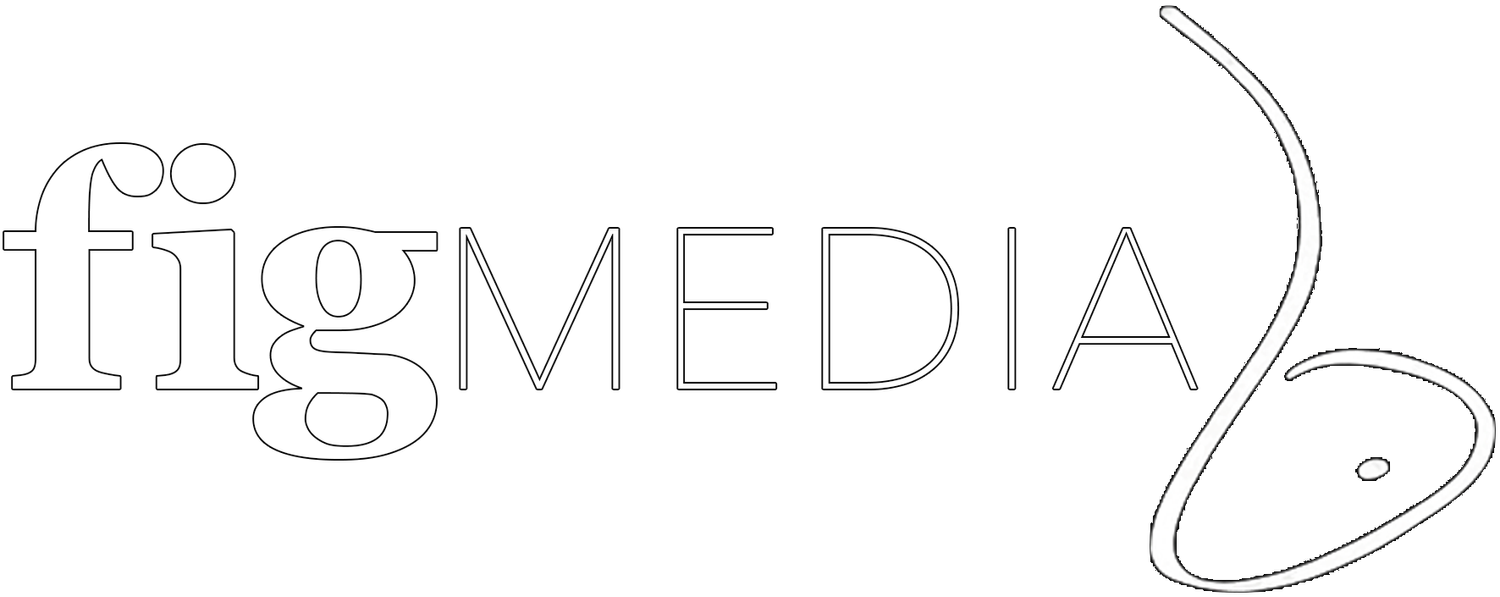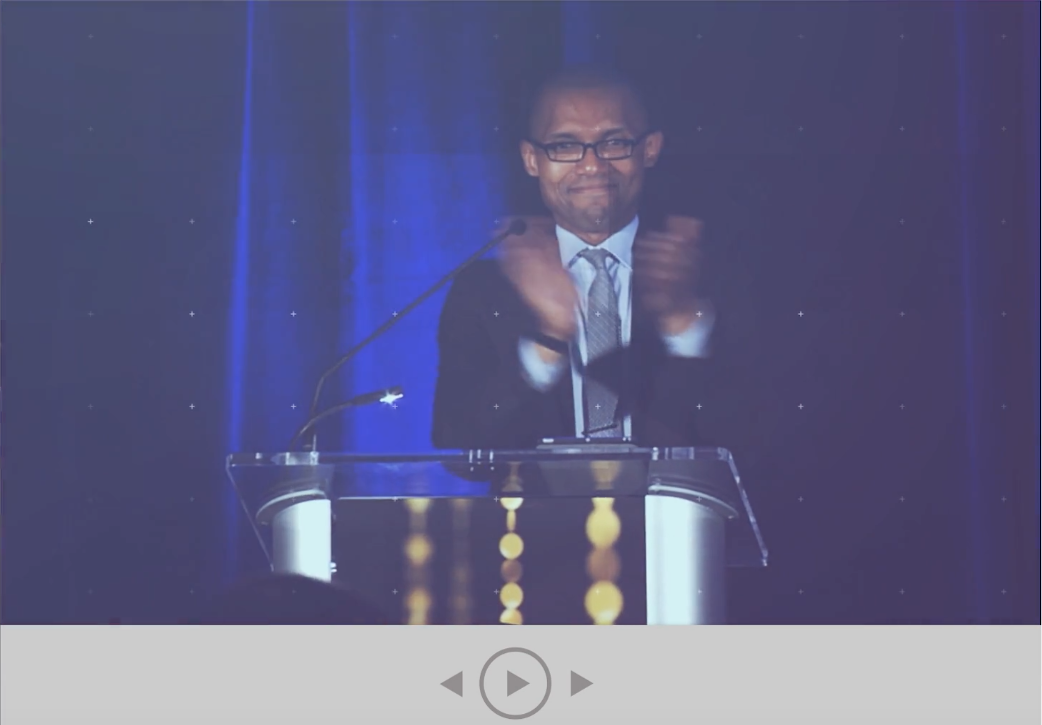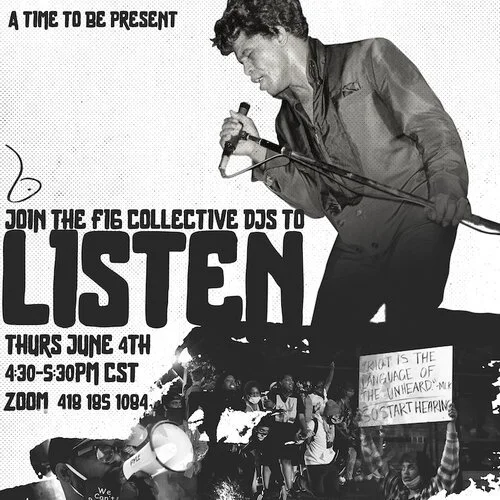How To LOVE The Results Of Your Virtual Experiences
Virtual events are here to stay, even when the pandemic is said and done. As an event professional of over 15 years as a DJ, host, event producer, and more with Fig Media in Chicago, my team and I have had to pivot, learn and adapt to leading experiences in a different kind of landscape.
Virtual events are live events. Translating a live experience into a remote version, including its sounds, visuals, and emotions, is challenging. People who have relied on face-to-face interactions are now turning to this medium to gather and communicate, and it’s not easy for everyone to adapt to the “new” norm.
If you’re not navigating (and loving) the on-screen world, I’ve got good news: You’re not alone. It’s my pleasure to share what I’ve learned to this point to produce successful virtual events.
Start with YOUR vision.
I learned this on a weekend-long personal development training: When I have a vision, I am designing the outcome and impact that I want, and the vision will help reinforce all other decisions along the way. Whether you’re running a gala or an informal gathering, vision will help you orient to the event that you want, and greater satisfaction. Here’s a few examples:
My vision is to create a welcoming space where my guests are engaged and empowered so that they can be effective thought leaders in their communities.
My vision is to provide a celebratory evening for my team that honors their success and work so that they are empowered to become their next best selves in the coming year.
We hosted several themed dance parties on Zoom in April and May 2020. When George Floyd was murdered in June, we didn’t know how to respond as a team. I had the idea to turn our dance event into a listening event and curate our music towards songs of hope, truth, civil rights, and empowerment. My vision was to create a space for us to be with ourselves and the music so we can be with reality. The graphics followed, and it became a well-received event and positive contribution.
Come up with YOUR plan.
Now that you have a vision, it’s time to get to work. And, work is not a synonym for victimhood—we encourage you to have fun! Write out a plan for your event in timeline form, or as a stream of ideas. Build in a time to do a soundcheck or tech/dress rehearsal so you can get feedback, feel comfortable with the flow, and work out kinks. (Working on this with your team or other trusted professionals is highly recommended.) As you come up with your plan, ask yourself questions like these:
Who do I want to invite/come to my event?
What is my event’s theme, colors, and style? How should our branding and values be represented?
What do I want my guests to see and hear when they log into the event?
What kind of platform or space do I need?
What kind of visuals, videos, music, entertainment, etc. would be ideal?
Should I record this, or not?
Who do I want on my team, and what roles/responsibilities will everyone hold?
What do I want my guests to feel or do next after the event is over? (In other words, what’s my call to action and key takeaways?)
What’s my inspiration for this event? (Recommendation: Watch other online events and note what you like and dislike.)
I’ve learned that events are best when they are educational, engaging, entertaining, and/or inspirational. I was on a diversity and inclusion panel for the International Live Event Association (ILEA) and all four categories were hit: I shared my experience and truths about being a Black man in the industry and learned from others. We were all engaged in a great discussion throughout and after the event. We were greeted with music and a beautiful filmed cover of “What’s Going On” (Marvin Gaye) by an international cast of musicians. And, we left inspired to continue the conversation and take the next step in being better people. I had a great experience as a panelist as the plan was solid, and so was the team—which I’ll get to in the next section.
Build your team, and know your host.
As I’ve learned, having to manage multiple items for an online event on my own is not a good nor sustainable strategy. When I’ve deejayed our dance parties on Zoom, it’s difficult to acknowledge guests on the chat, manage spotlighting, performing, and hosting all at once. Please, please, don’t let this be you. As the client or organizer, your main responsibility is to enjoy the event while your team makes you look good. Build your team of internal colleagues or hire professionals (like us!) who can manage, create, and deliver your content or advise on the best people to work with.
One of the team roles that will be very important is that of the host. As one who has emceed many events for a decade and a half, I know that people are impacted by how I make them feel in the moment. A good host should welcome others, give context on the event, facilitate and lead guests through each transition, and be a friendly face to those who are attending “yet another Zoom (or otherwise) meeting.”
For the past two months, I have been deejaying a weekly 15-minute dance party for a national consulting firm. My engagement with the crowd is high in a short timeframe. The goal of the event is to bring together “mission-drivers” (a term used for their clients who are making change in their communities) and help them get in their bodies so that they can be energized to do more of the work they do. Guests leave better than when they came in. Empowerment doesn’t happen on its own all the time; guests must have context.
Celebrate and review your event—and plan for the next one.
One of the things I appreciate about working at Fig is that we check-in on and debrief each of our events to discuss what went well, what could have been better, and how we can improve for future events. This helps us not only to be better professionals but to also celebrate ourselves and the win that the event happened with us present. Document your learns and what you would change for future gatherings. And, if you can schedule a review with your client, that would be a good move. You can also ask for a testimonial or direct feedback.
So, let’s review with a few key takeaways:
Start with a vision.
Come up with your plan. (Make your event educational, engaging, entertaining, and/or inspirational)
Build your team, and know your host.
Celebrate and review your event—and plan for the next one.
Let me give you a personal thank-you for making it to the end. This wasn’t a technical guide to remote events. I didn’t share any tips on lighting, platforms, or how to master muting. That’s not what this is about. It’s about human connection. As online events to continue to evolve, so will the technologies. Concurrently, we as individuals must be as human as possible so that these experiences carry empathy and emotional connection. While there’s more to share, use this to direct your events with both thought and heart. And, for your next event, please give us a call or email—we’d love to hear you out and help you create the best possible screen-based adventure.



